Creative | Corporate | Ad Agencies | Digital Marketing | Elyts

In the dynamic world of advertising, a constant tug-of-war exists between creative freedom and corporate accountability. On one side, bold ideas and disruptive campaigns push boundaries and capture attention. On the other, clients demand clear returns on their marketing investments, driving a focus on metrics, structure, and strategy. For modern ad agencies, finding the sweet spot between imagination and impact has never been more crucial.
The Creative Pulse of Advertising
Creativity is the heartbeat of any successful ad campaign.
It’s what turns a simple message into a memorable story. It’s the difference
between a skipped ad and a shared one. From quirky TV commercials to viral
social media stunts, the creative side of advertising thrives on originality,
emotion, and risk-taking.
However, creativity doesn’t exist in a vacuum. A brilliant
idea that doesn’t align with brand goals or audience interests can fall flat.
This is where the corporate mindset steps in.
The Corporate Edge: ROI and Accountability
The corporate approach emphasizes structure, strategy, and
performance. Clients don’t just want beautiful ads—they want measurable
results. Whether it’s increased website traffic, higher conversion rates,
or boosted brand awareness, the return on investment (ROI) is often the
yardstick by which campaigns are judged.
Data-driven strategies, campaign analytics, A/B testing, and
performance dashboards are all tools of the corporate side. While this may seem
at odds with creative freedom, it plays a vital role in ensuring that ideas
lead to real-world impact.
Where Tensions Rise
Many ad agencies struggle to balance these two forces.
Creative teams may feel stifled by KPIs and budget constraints, while account
managers push back on ideas that lack proven outcomes. This tension can result
in watered-down campaigns or misaligned expectations.
For agencies to succeed, they must embrace both sides—not as
opposites, but as complements.
Striking the Right Balance
1. Align Creativity with Business Goals
Great ideas need to serve a purpose. Agencies that involve
strategy and analytics teams early in the brainstorming process can help ensure
that concepts align with broader marketing objectives.
2. Use Data to Fuel Creativity
Rather than restrict innovation, data can inspire it.
Understanding consumer behavior, market trends, and previous campaign
performance can spark ideas that are both original and effective.
3. Build Cross-Functional Teams
Creating synergy between creatives and corporate strategists
requires collaboration. Encourage regular communication between departments,
involve all stakeholders in planning, and break down silos.
4. Measure What Matters
ROI doesn’t have to kill creativity. Instead of only
tracking immediate sales, consider long-term brand equity, customer engagement,
and sentiment analysis as valid success indicators.
5. Educate Clients on the Value of Creative Risk
Sometimes, the most successful campaigns come from bold,
unexpected ideas. Agencies must guide clients in understanding the value of
emotional impact, storytelling, and brand positioning—factors that may not
yield instant metrics but offer lasting benefits.
Case in Point: The Hybrid Approach
Top agencies like Droga5 and Wieden+Kennedy have built
reputations by combining cutting-edge creativity with a strong strategic
backbone. They showcase how emotionally powerful ideas can still be data-informed
and aligned with brand goals. Their success stories are proof that the blend of
creative and corporate minds yields the best results.
Conclusion
In today’s competitive advertising landscape, agencies can
no longer afford to choose between creativity and corporate structure. The real
magic happens when imagination meets intention—where bold storytelling
is backed by strategic insight.
Elyts Advertising and Branding Solutions | www.elyts.in (India) | www.elyts.agency (UAE)
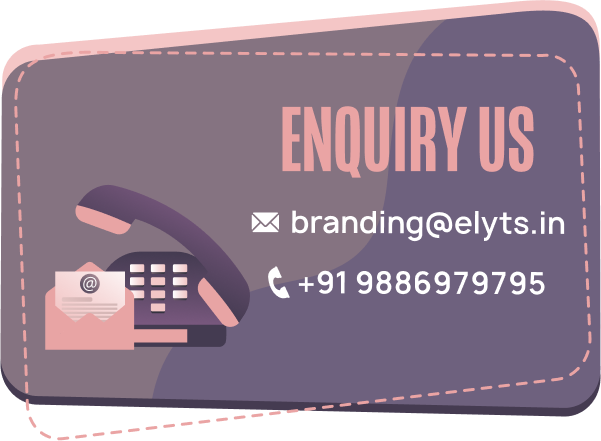









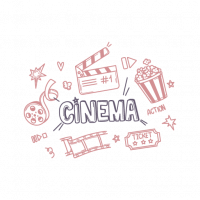
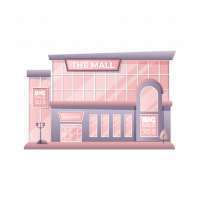





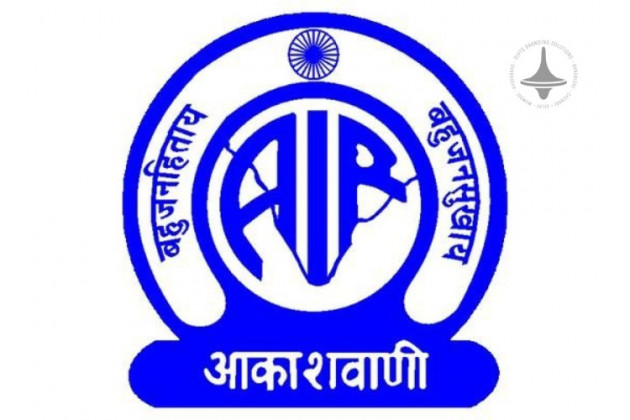
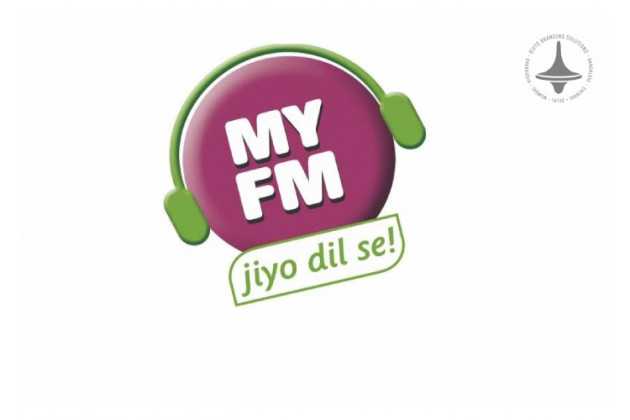

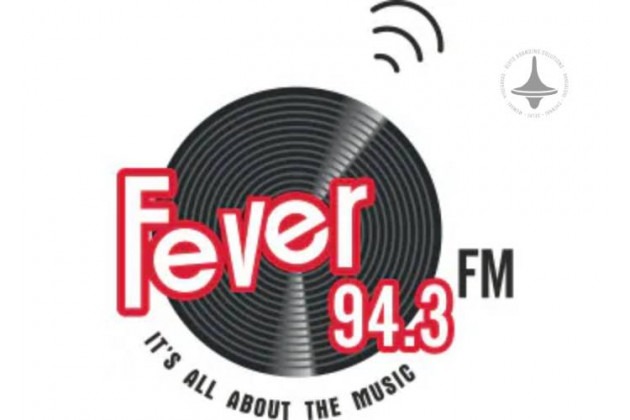
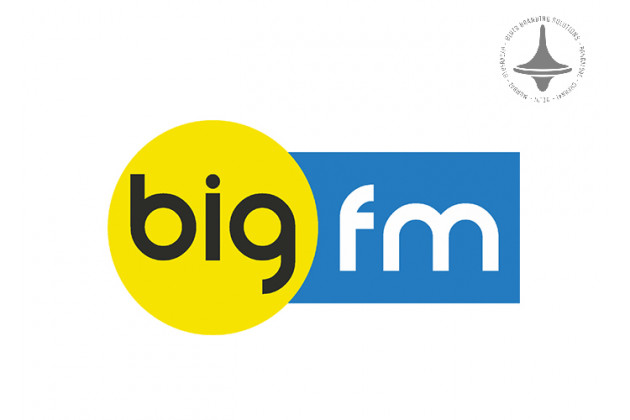
Leave a Comment